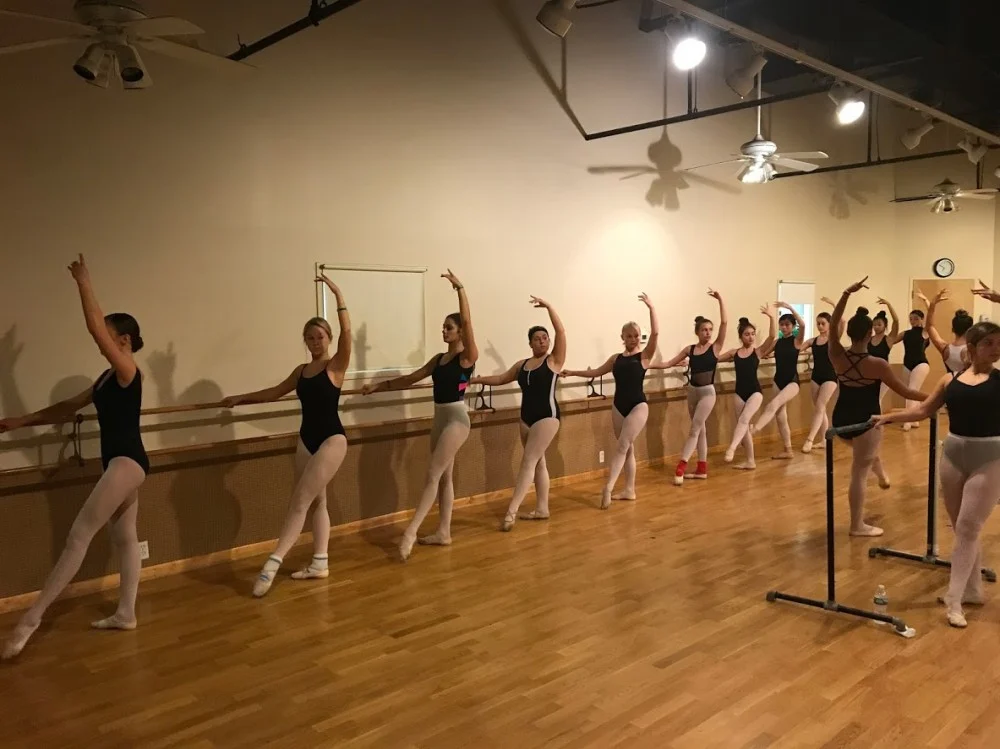
- 1-the-evolving-culture-of-school-dances-in-america
- 2-why-some-students-still-attend-school-dances
- 3-reasons-why-attendance-at-school-dances-has-declined
- 4-the-impact-of-social-media-and-digital-alternatives
- 5-bringing-dance-culture-back-to-schools
1. The Evolving Culture of School Dances in America
The question “do students go to school dances anymore” opens a fascinating look into shifting teen culture. Once a central part of the high school social experience, dances like prom, homecoming, and spring formals were seen as milestones in American adolescence. But in recent years, attendance and enthusiasm have noticeably changed in many schools across the country.
Some students still look forward to these events, but others see them as outdated or irrelevant, especially with new forms of social interaction available. The transformation isn't absolute, but it is certainly significant.
2. Why Some Students Still Attend School Dances
There are still strongholds of dance tradition in many American high schools. In suburban and rural communities especially, events like homecoming remain widely attended. For many students, these dances offer a chance to dress up, make memories, and express themselves outside the classroom.
Take Emily, a junior from Wisconsin, for example. “Our school makes homecoming a big deal,” she said. “We plan themes, go as a group, and everyone dances. It’s one of the best nights of the year.” These events can still build community, offer creative expression, and create lifelong memories.
For those passionate about dance or looking to improve their moves before a big night, American Dance Academy offers the perfect place to gain confidence and skills in a welcoming environment.
3. Reasons Why Attendance at School Dances Has Declined
While many students do attend school dances, numbers have dipped in some regions. One reason is the growing diversity in student interests. Many teenagers today prefer spending time in smaller friend groups or attending concerts, gaming events, or informal hangouts.
Cost is another factor. Formalwear, tickets, and transportation can be expensive, and not every family has the means—or the desire—to invest in a dance night. Others cite awkwardness or anxiety about dancing or social pressure as deterrents. A student from Seattle shared, “I skipped prom because it felt forced. Most of us just had our own party afterward.”
4. The Impact of Social Media and Digital Alternatives
Social media has redefined how students interact. Why attend a dance to post about it on Instagram when you can organize a stylish photoshoot or group video at home? TikTok trends, group chats, and FaceTime parties have replaced some of the excitement that used to surround in-person events.
Additionally, online spaces provide a more curated form of self-expression. Many teens now feel more in control when interacting digitally than navigating unpredictable real-life social scenarios. While digital interaction has its benefits, it may also contribute to a sense of disconnect from communal school traditions like dances.
5. Bringing Dance Culture Back to Schools
Despite changes, many educators and students believe that school dances can be revitalized. Schools that focus on inclusive themes, casual dress codes, and fun-first attitudes often see higher participation. Adding elements like dance tutorials before the event, live DJ interactions, and even dance-offs can reignite excitement.
Partnering with local dance programs such as American Dance Academy can also enhance the experience, helping students feel more confident about dancing and less anxious about stepping onto the floor. Teaching dance as a form of expression and not perfection makes events more accessible to everyone.
While students’ preferences have diversified, school dances aren’t gone—they’re just evolving. With a little creativity and support, they can continue to be a joyful part of the high school experience.
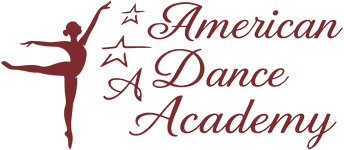
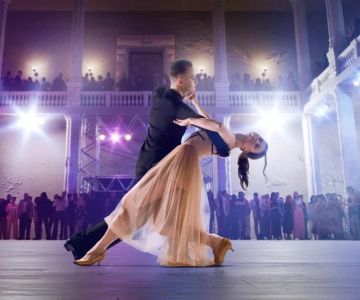
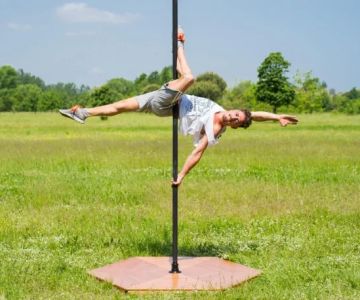
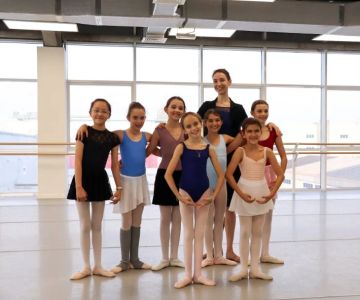
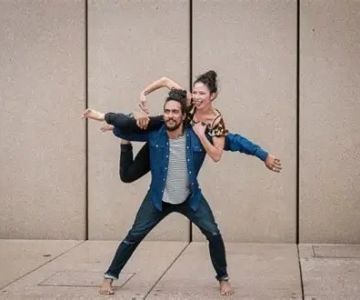

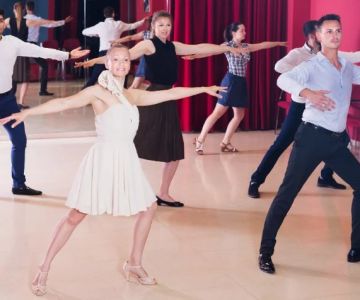
 Barrington Dance Academy5.0 (22 reviews)
Barrington Dance Academy5.0 (22 reviews)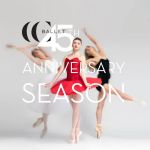 Canyon Concert Ballet4.0 (17 reviews)
Canyon Concert Ballet4.0 (17 reviews) Big City Dance Center LLC4.0 (25 reviews)
Big City Dance Center LLC4.0 (25 reviews) Tye Chua Dance & Kalamazoo Ballet5.0 (18 reviews)
Tye Chua Dance & Kalamazoo Ballet5.0 (18 reviews) Fenton Ballet Theatre4.0 (24 reviews)
Fenton Ballet Theatre4.0 (24 reviews) Front Street Dance Center5.0 (7 reviews)
Front Street Dance Center5.0 (7 reviews) Are There Dances in Middle School? What Students and Parents Should Know
Are There Dances in Middle School? What Students and Parents Should Know How a Dance School in Instagram Builds Community and Success
How a Dance School in Instagram Builds Community and Success Why Do Schools Teach Square Dancing?
Why Do Schools Teach Square Dancing?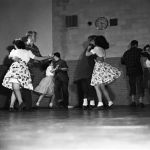 Why Was Square Dancing Taught in School?
Why Was Square Dancing Taught in School? Why Swing Dance Is Popular for Adults
Why Swing Dance Is Popular for Adults A School Dance: How to Prepare, Shine, and Make It Unforgettable
A School Dance: How to Prepare, Shine, and Make It Unforgettable